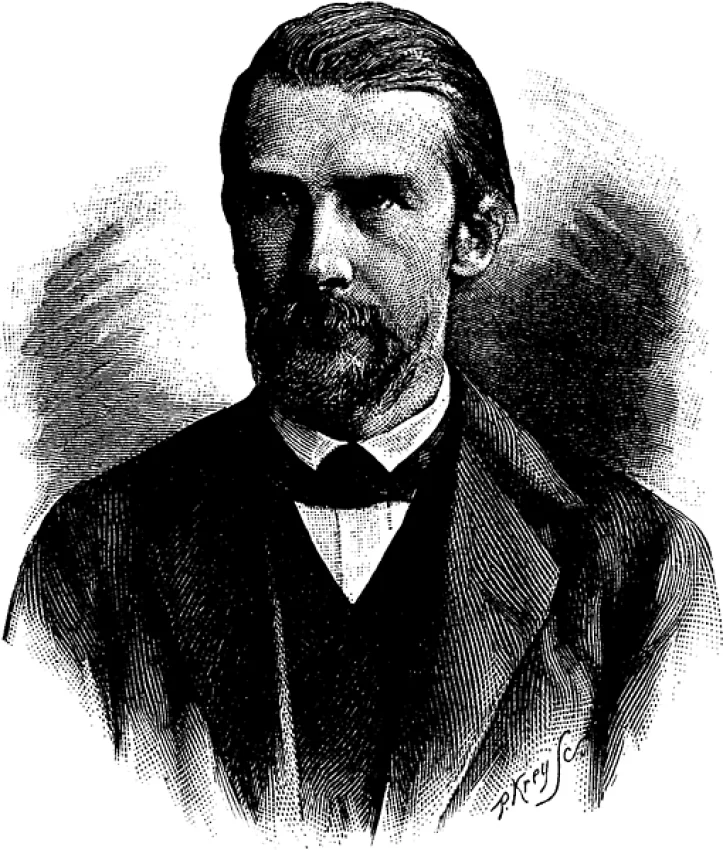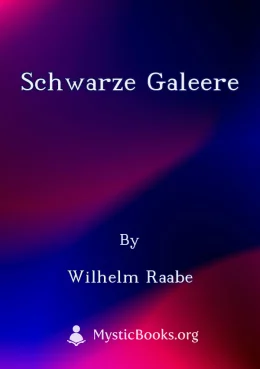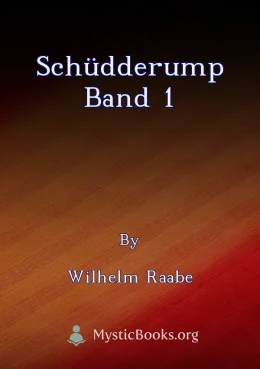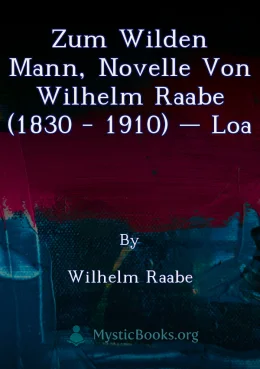
Timeline
Title
Country/Nationality
Wilhelm Raabe
Wilhelm Raabe was a German novelist known for capturing the essence of everyday life in his works. Born on September 8, 1831, in Eschershausen, he became a prominent literary figure, publishing over 30 novels and numerous short stories during his lifetime. Here’s a peek into the life and legacy of this prolific author.
Early Life: From Bookstore Apprentice to Writer
Raabe grew up in the Duchy of Brunswick and, after finishing school, started working as a bookstore apprentice in Magdeburg. This wasn’t just a regular job; it became a gateway to his wide reading and fascination with folklore. By 1854, Raabe decided he’d had enough of the book trade and moved on to study philosophy in Berlin.
During his university days, he penned his first novel, Die Chronik der Sperlingsgasse (The Chronicle of Sparrow Lane), under the pseudonym Jakob Corvinus. The book, a delightful sketch of bourgeois life, became an instant hit. This success convinced him to leave academics behind and dive headfirst into writing.
Writing Career: Three Phases of Creativity
1. The Lighthearted Beginnings
Raabe’s early works were imaginative and full of warmth. His stories painted vivid pictures of German life, including popular titles like:
- Die Chronik der Sperlingsgasse (1856)
- Die Kinder von Finkenrode (1859)
- Unser Herrgotts Kanzlei (1862)
2. The Pessimistic Middle Phase
Influenced by Schopenhauer’s philosophy, Raabe’s tone grew darker in his middle period. His most notable works from this time—sometimes referred to as a trilogy—include:
- Der Hungerpastor (1864)
- Abu Telfan (1867)
- Der Schüdderump (1870)
Though these novels were independent of one another, they reflected Raabe’s shift to heavier, more introspective themes.
3. A Return to Humor and Hope
Later in life, Raabe rediscovered his humor and incorporated a Dickensian warmth into his stories. Works like Horacker (1876), often regarded as his masterpiece, balanced serious topics with geniality. Other notable works from this period include:
- Der Dräumling (1872)
- Das Odfeld (1889)
- Die Akten des Vogelsangs (1895)
Inspirations and Style
Raabe’s early inspirations came from Jean Paul, but his later works showed traces of Dickens and Thackeray’s storytelling style. His writing often celebrated the everyday, mixing humor and seriousness in a way that resonated with readers.
His literary significance was cemented during his lifetime, with the German people honoring him on his 70th birthday in 1901.
The Lesser-Known Talent: Raabe the Painter
In addition to writing, Raabe dabbled in painting, creating about 600 works. These pieces, many of which are privately owned or displayed in museums, reveal another side of his artistic expression.
Wilhelm Raabe’s Legacy
Raabe passed away on November 15, 1910, leaving behind a rich literary legacy. His stories continue to offer a window into 19th-century German life, celebrated for their relatable characters and timeless themes. Whether through his novels or his lesser-known paintings, Wilhelm Raabe remains a storyteller worth revisiting.
Books by Wilhelm Raabe

Schwarze Galeere
Im Jahr 1599 sind die Niederlande von den Spaniern besetzt. Die Stadt Antwerpen ist bevölkert von italienischen Söldnern. Doch die Niederländer leisten Widerstand. Auf See ist der Wille der “Wassergeusen” ungebrochen und ihre Schlagkraft von den Besa...

Stopfkuchen - Eine See- und Mordgeschichte
"Stopfkuchen" ist ein Roman von Wilhelm Raabe, der 1891 erschien. Er erzählt die Geschichte von Heinrich Schaumann, einem jungen Mann, der in der damaligen Gesellschaft als Versager gilt. Er wird gemobbt und hat Schwierigkeiten in der Schule und im S...

Horacker
Wilhelm Raabe's "Horacker" is a satirical novel set in 19th-century Germany, depicting a young man named Cord Horacker amidst a seemingly idyllic rural setting. The novel explores themes of deception, social inequality, and the manipulation of inform...

Schüdderump Band 1
Wilhelm Raabes "Der Schüdderump" erzählt die Geschichte einer Gruppe von Figuren, deren Leben durch den Tod und das Schicksal miteinander verwoben sind. Der Totenkarren, der in der Pestzeit zur schnellen Entsorgung von Leichen verwendet wurde, dient...

Zum wilden Mann, Novelle
Set in a small German town, "Zum Wilden Mann" follows the intertwined lives of the town's apothecary, his sister, and a mysterious young man who arrives in town. The novel explores themes of alcoholism, social class, and the consequences of one's act...